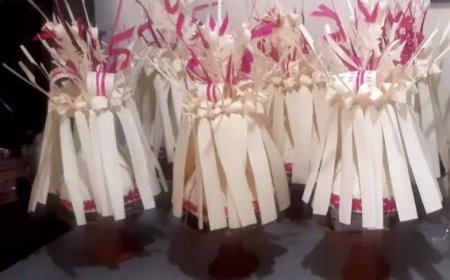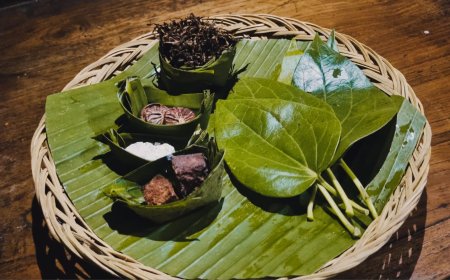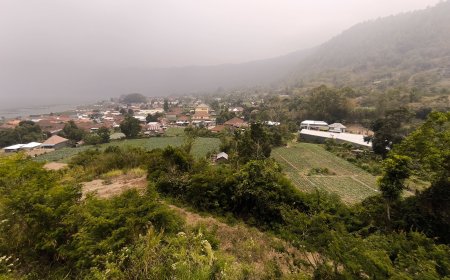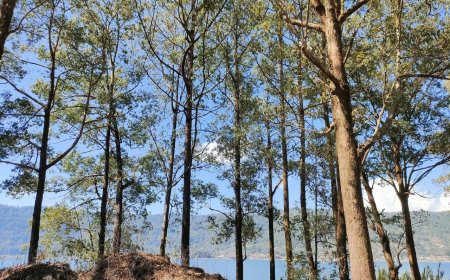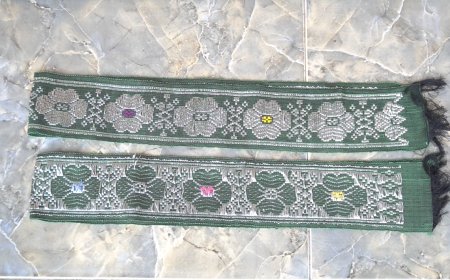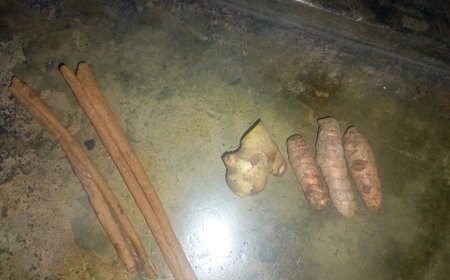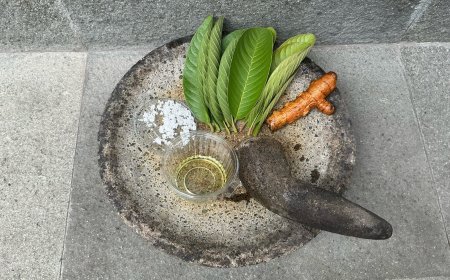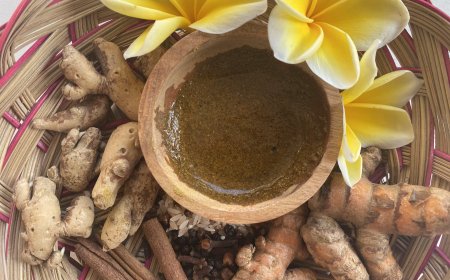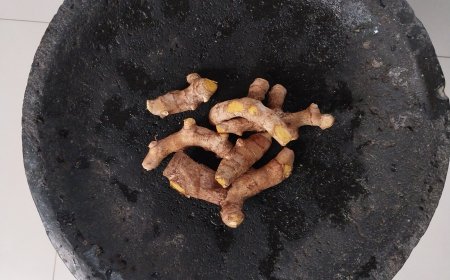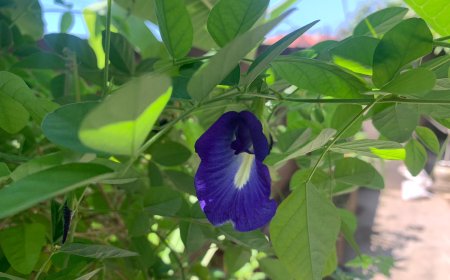Betel Leaves: The Key to Traditional Balinese Health with Millions of Benefits
Betel leaf or what is known by the scientific name Piper Betle Linn, is a medicinal plant that has many benefits, betel contains antiseptic substances in almost all its parts. Betel leaves are known as a medicinal plant that has been around since 600 BC, because betel leaves contain antiseptic substances that can kill germs. Let's look at the following article, to find out more about the benefits of this betel leaf business.
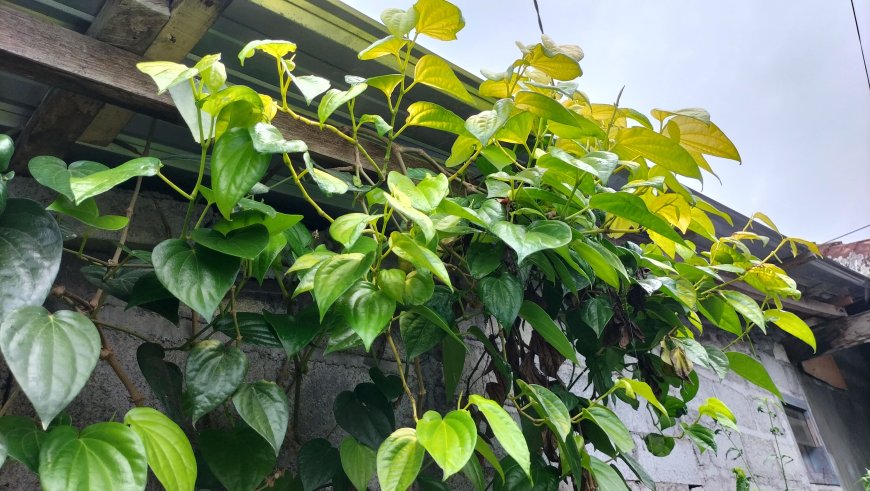
Usadha is a traditional Balinese medical science, as well as a cultural heritage that contains the use of medicinal plants to treat health problems. Usadha Bali has many teachings related to healing methods and self-purification ceremonies. One example is Usadha Betel Leaf.
As mentioned in the usadha tiwang palm leaf, it is used as a medicine for pain (crystal urine). Tiwang disease is a disease that has symptoms of the body feeling empty, aches and pains, restlessness, rolling eyes, stiff muscles and even fainting. Tiwang disease or symptoms are treated with medicinal concoctions made from a mixture of various types of plants or ingredients. And in Taru Premana it is also stated that betel or base has many benefits from its young or old leaves which are used for loloh and the sap to treat nosebleeds.
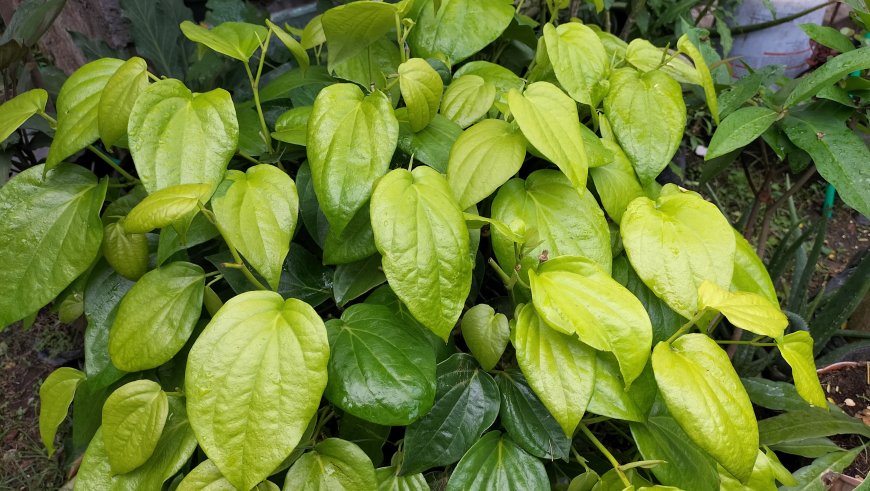
Betel Leaves (Source: Private Collection)
Betel leaves are plants that propagate and lean on other tree trunks, the height of the vines can reach 5-15 meters. The stems are soft, round, segmented, grooved, and reddish brown in color. Betel leaves are single leaves, and grow alternately. The base of the leaf is heart-shaped or slightly rounded and asymmetrical, the tip of the leaf is pointed, the edge and surface of the leaf are flat, and the spine of the leaf is pinnate. Leaf color varies from yellow, green, to dark green.
In Indonesia, betel leaves are widely cultivated as a family medicinal plant or Toga. Betel leaves contain hydroxycavinol, cavibetol, betelfenol, and others. Some of these ingredients are believed to be effective in maintaining the immune system and preventing various chronic diseases. Of course, these benefits can be obtained by consuming it regularly. Betel leaves are also widely used in everyday life as an ingredient in traditional medicine, especially by people in Bali, where they are used as traditional medicine in the form of a concoction known as loloh. Loloh is a traditional Balinese herbal drink which is made by boiling or crushing (mashed) and consumed to treat and prevent various diseases.
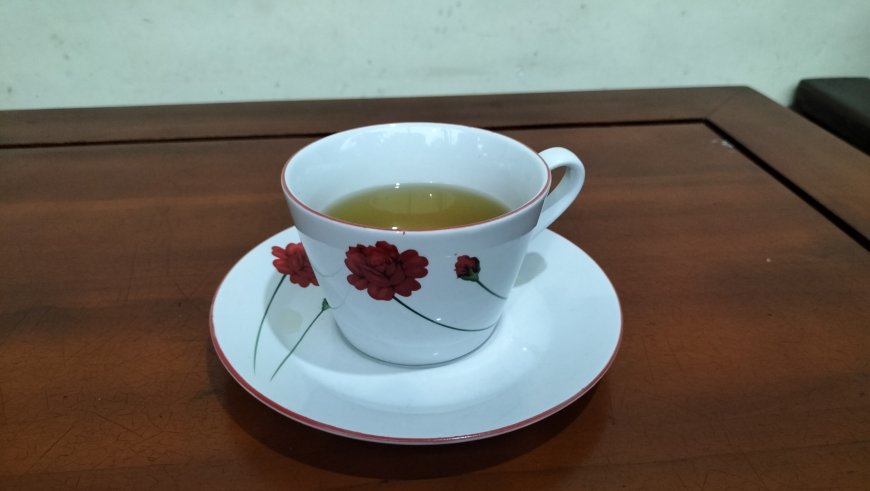
Loloh Betel Leaf (Source: Private Collection)
The ingredients used in making this loloh include: 5 betel leaves, 1 piece of turmeric the size of 2 knuckles, honey, and 500 ml water. The first step in making betel leaf loloh is to pick old betel leaves. Make sure the ingredients used, such as betel leaves and turmeric, have been washed clean. Next, we prepare a pan and add 500 ml of water, betel leaves and turmeric which have been sliced thinly. Stir briefly, then wait until it boils and leave 1/2 cup of the cooking water.
And after boiling, turn off the stove and wait until the boiled water cools. Next, pour the filtered loloh into the cup provided and add 1 tablespoon of honey, the betel leaf loloh is ready to be served. The benefits of this loloh are to eliminate body odor, drinking boiled betel fruit can reduce stomach ulcer symptoms, overcome increased stomach acid, and reduce bloating in the stomach, as a medicine for canker sores, heart medicine, stop bleeding in the gums and many more. The use of betel leaves in various herbal medicine traditions has made a positive contribution to public health in general. However, it is also important to remember that every treatment, including the use of betel leaves, must be used wisely. And you should consult a doctor first to ensure the effectiveness and safety of using betel leaves as a traditional medicine.










